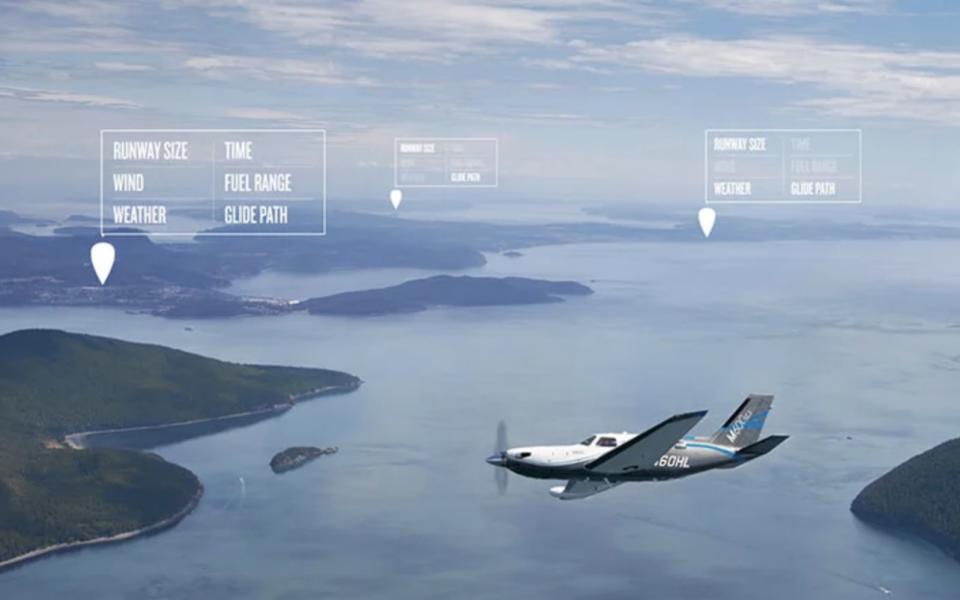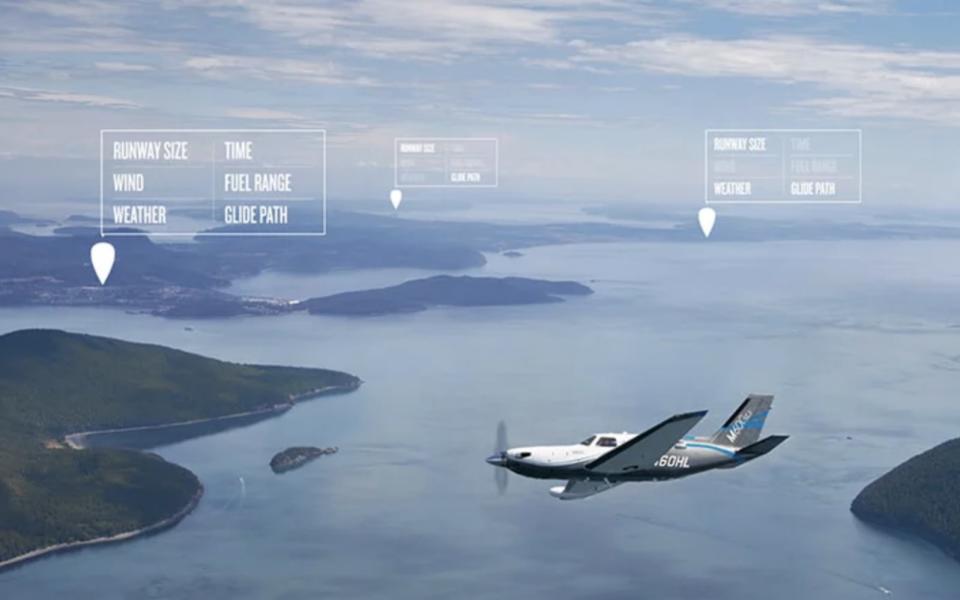Garmin's new nav system can emergency land small planes
Autoland factors in weather, fuel, runway surface, terrain and obstacles.
Flying in a small plane is thrilling (and at least slightly terrifying) when things go as planned. It's another story when the pilot of the small plane is, for whatever reason, suddenly unable to fly or land it. Most passengers would have no idea what to do. And for that reason, Garmin has introduced Garmin Autoland. With the push of a button, equipped planes can navigate and land themselves.
If a passenger presses the Autoland button, the system considers factors like weather, fuel on board, runway surface and length, terrain and obstacles and determines the best place to land. It can then guide the plane through the landing. It alerts Air Traffic Control, so help can be waiting on the ground and so that other planes can be diverted. And it talks passengers through what's happening in plain language, displaying a map and providing updates.
Autoland could also benefit solo pilots. The system will engage if it determines the pilot is incapacitated. And if you need to cancel Autoland, Garmin has made sure that's easy and intuitive as well.
Pending FAA approval, Autoland will be available as part of the G3000 flight deck on the Cirrus Vision Jet and the Piper M600. According to TechCrunch, existing planes with the Garmin G3000 cockpit may also be retrofitted with Autoland, for an additional cost.
Autoland isn't exactly new. Pilots can already program autopilot systems to land aircraft, but most require some oversight and perform better in some conditions (like fog) than others (wind). Garmin's Autoland is meant more as an emergency backup than a way to free pilots up for other tasks, and it's in line with some of Garmin's other offerings like Emergency Descent Mode and Electronic Stability and Protection.


